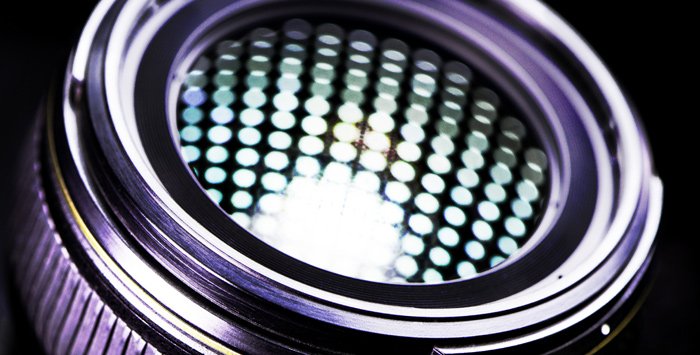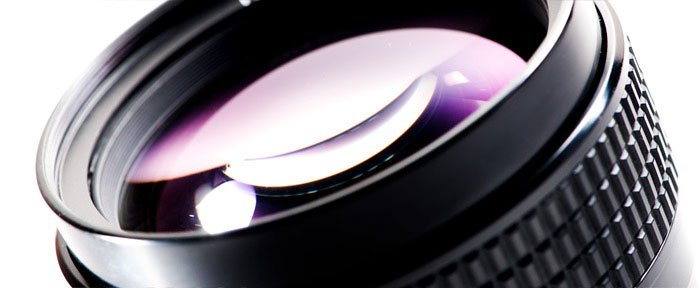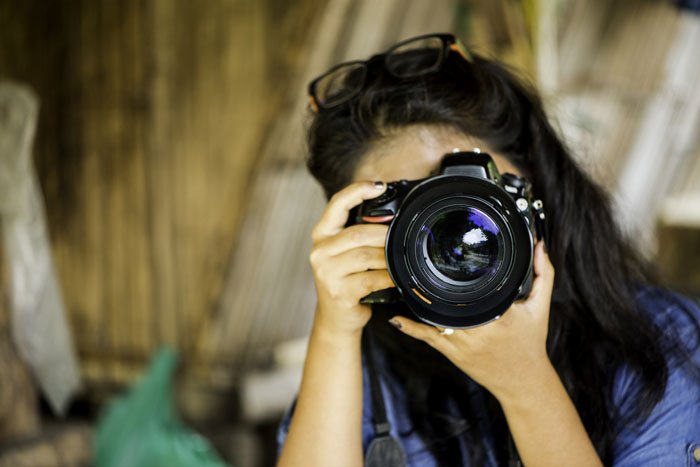
Camera Lens Fungus [Five Ways To Help Prevent It]
by
Kevin Landwer-Johan

Camera lens fungus can ruin lenses. The thought of lenses being damaged by fungus is distressing.
You can take a number of steps to help prevent fungus before it starts to grow in your camera lenses. In this article I outline what you can do to avoid camera lens fungus.
Lenses are particularly susceptible to fungus in humid climates. I was reminded of this recently when checking my camera gear I found three lenses which I quickly took in for servicing. Thankfully there’s a fabulous camera service shop nearby that charges only a small price for cleaning. He even cleaned one lens for free as the fungus was minimal and only on the outside element of the lens.
Fungus is a microbial growth that grows on the surfaces of camera lenses. It’s a disease and it’s very common, especially in humid climates. Often it causes only minor damage, but I did see a lens once that had so much fungus in it I could not see through it.
Camera lens fungus gets inside and can affect the inner elements. If there’s mold on the exterior it’s easy enough to remove. But if it’s significant, there will be damage to the glass. Fungus growing between the glass elements of your lens will require a skilled technician to clean. The lens will need to be dismantled and then rebuilt.
Preventing camera lens fungus is the best approach. Because once a lens has serious fungus growth the glass can become permanently damaged. Here are my tips for helping prevent this problem.
Shy photographers can be more sensitive, more empathetic, and therefore more capable of creating portraits with depth and feeling.
Photographing People – A Guide For Shy Photographers, will encourage you to take photos of people. In this book I’ll teach you how it’s done. I have overcome the feeling of not wanting to impose when I point my camera at someone. It’s also taught me this fear is common, particularly among shy photographers.
This book is a collection of life stories and teaching. It’s my journey, and may be yours.

1. Wipe Your Gear to Help Prevent Camera Lens Fungus
Wipe down your gear after using it. Particularly if the weather is wet or humid. If the weather’s hot and you were sweating while using your camera it’s certainly a good precaution to wipe it down. I use a slightly damp, lint-free cloth. I usually use two different microfibre cloths. One more absorbent and one for lens cleaning.
Once you’ve wiped your gear down carefully, placing it in front of a fan for an hour or so will help evaporate any remaining moisture.
2. Store Your Camera Gear Well
Store your camera gear in a sealed box or case with a good amount of silica gel. The box can be as simple as a high-quality food storage container for a smaller camera, or a Pelican case.
The small packs of gel that come with consumer goods are pretty useless as they contain too little gel to be practical. I prefer a reusable gel which changes from blue to pink as it absorbs moisture. When the gel is pink it can be microwaved to reactivate it. It will dry out and turn blue again.

3. Air Conditioning Can Help Inhibit Camera Lens Fungus
Keep your equipment in an air-conditioned room. A room at a constant temperature with low humidity is a great way to store your gear. One drawback may be that in a very hot climate each time you take your gear out to use it you may find it fogs up due to being cold from the a/c. Adjusting the a/c so that it’s not too cold will help with this problem, but it might not be the most comfortable for people using the room!
4. Dehumidifiers Help Keep Camera Gear Dry
Use a dehumidifier in the room. This is a very practical home appliance in humid climates. A good dehumidifier will not only help keep fungus from growing on your camera gear, but it will also help protect your books, artworks and other appliances from attracting mold.

5. Dehumidifier Dry Cabinets Help Stop Camera Lens Fungus
Dehumidifier dry cabinet. These are designed and built specifically for storing camera equipment and come in various sizes. These units are digitally controlled, quiet and heatless.
Taking good care of your lenses is well worth it. I still regularly use some of my old, manual focus lenses I have owned for over 25 years.
Camera Lens Fungus Can Be Avoided
By treating your gear well and storing it properly you should avoid camera lens fungus. Here in Thailand, we have a wet season when the temperatures remain warm. This is tough on camera equipment. I take care of my gear and check it regularly and so far have had no serious problems with fungus.
If you’re interested to learn more about photography please read my other blog posts. If you’re planning a trip to Thailand check out our photography workshops and the accommodation we have.


i love working as a photographer, most of the time i just love creating beautiful moments with the camera. most of the time i just go out when am not on working to capture good time and moments of different people and places. now i am looking forward to gaining access to top best camera so my shots could be more beautiful and more defined.This content is no doubt very engaging. I am going to bookmark your blog and keep checking it weekly to read more contents like this. Many Thanks
As a photographer in Spain I have had numerous run ins with the extreme humidity in summer. It was so bad once I lost the connection between my Lens and camera body. Your photography tips are really helpful!
I’m pleased to know you found these tips helpful. It’s always good to keep an eye on your gear and have a good look over it for fungus or other problems 3-4 times a year.